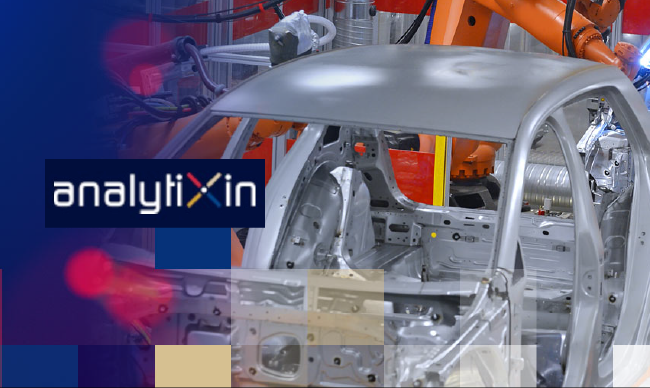The Center for Education and Research in Information Assurance and Security (CERIAS)
The Center for Education and Research inInformation Assurance and Security (CERIAS)

Purdue University researchers will help manufacturers reduce their energy and carbon footprints as part of the AnalytiXIN manufacturing data analytics project, facilitated by the Central Indiana Corporate Partnership. The project brings together Indiana’s top research universities – Purdue, Indiana University and the University of Notre Dame – to develop energy analytics applications for manufacturers and a publicly available data lake for continued research and education.
“Data is a powerful ally for manufacturers looking to cut their energy footprint, but first we must equip them with simple models and frameworks that show where the energy is going and how they can economize,” said Theresa Mayer, Purdue’s executive vice president for research and partnerships. “Purdue has a long legacy of expertise in a broad swath of manufacturing technologies as well as in data analytics, and we see our researchers making substantial contributions to this important manufacturing problem.”
The Purdue team joins the project with about a dozen faculty whose expertise in manufacturing processes includes analytics for HVAC systems, 3D printing, computer numerical control (CNC), air compressors and cyberinfrastructure development.
“We’re looking at making real-world impact and helping manufacturers, especially small to medium manufacturers in Indiana and across the country, to leverage the data that their equipment and processes are generating and to extract some value-added intelligence out of that mass of data,” said Dongyan Xu, the Samuel D. Conte Professor of Computer Science and director of the Center for Education and Research in Information Assurance and Security (CERIAS). “The ultimate goal is to show that data are of tremendous value in revealing how each factory functions in terms of energy and what can be done to lower energy costs while upholding production privacy and integrity.”
AnalytiXIN is a collaboration among the research universities, industry and nonprofit partners Amazon Web Services, Conexus Indiana, Energy Systems Network and the Emerging Manufacturing Collaboration Center, which is located in Indianapolis in the 16 Tech Innovation District. The project builds on data collected through Energy INsights, a program that equips participating Indiana manufacturers with analytics infrastructure.
A typical factory floor may house a wide range of equipment, including state-of-the-art, Internet of Things-enabled machinery that collects detailed operation and status metrics, and legacy machines that predate the availability of sensors and energy meters. An Energy INsights instrument retrofits machinery with an end-to-end system that collects energy data and IoT hardware that digitizes and formats the data. The collected data is then aggregated and transmitted to Amazon Web Services clouds for curation and analytics. When combined with data collected from university testbeds, it’s a vast “data lake.”
Purdue researchers use advanced artificial intelligence and machine-learning technologies to process that data in order to characterize the energy consumption dynamics and correlate that with specific manufacturing steps and processes.
“By looking at consumption data together with the specific configuration or the specific operation, like procedure steps involved in the manufacturing process, we can identify energy-savings opportunities. And if we use that to tune the manufacturing process, we may be able to make the whole process more energy efficient,” Xu said.
The team can further process the data to characterize energy consumption dynamics, a kind of signature, for monitoring and enforcing the integrity of manufacturing steps and processes.
“These are the areas of traditional strength at Purdue,” Xu said. “We’re not developing these from scratch. We’re actually sitting on a lot of substantial work – both theoretical and empirical. We will improve and customize that to make our technologies more practical and cost-effective.”
Writer: Mary Martialay, mmartial@purdue.edu
Source: Dongyan Xu, dxu@purdue.edu